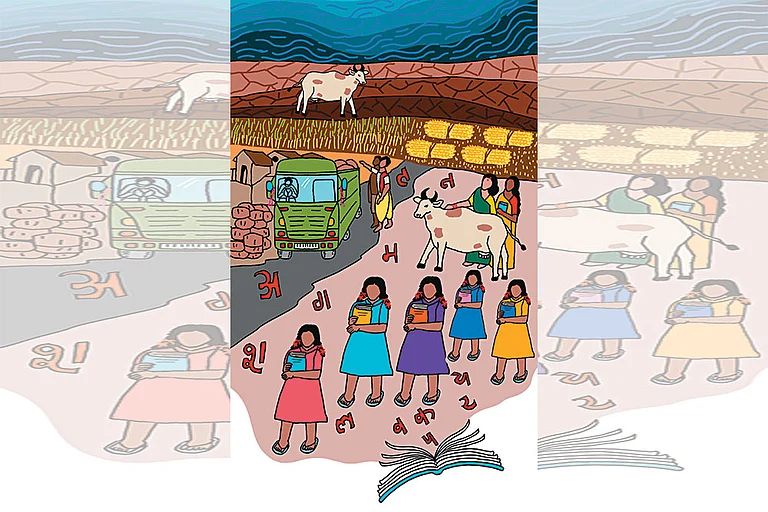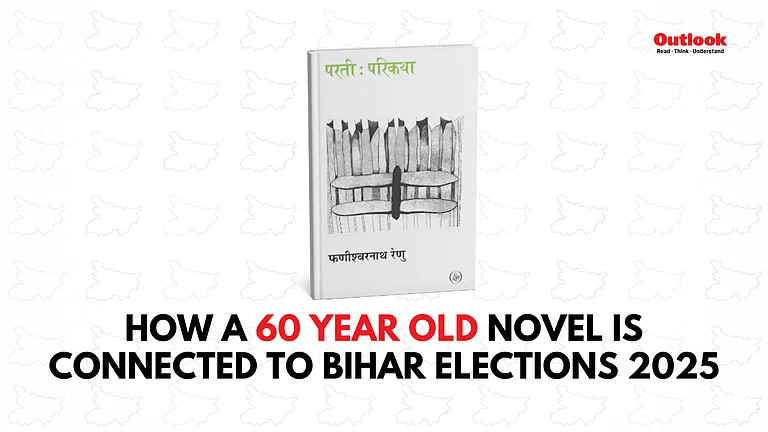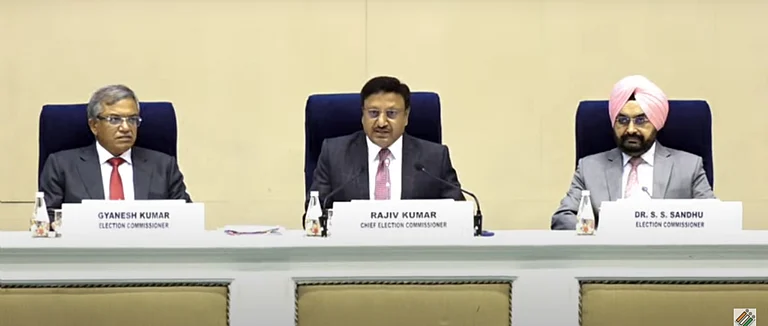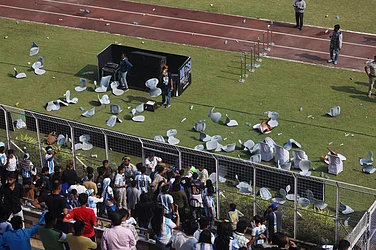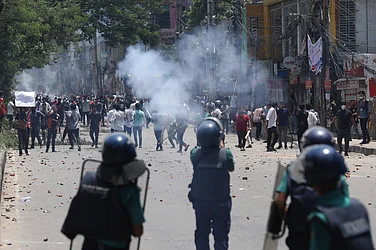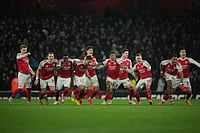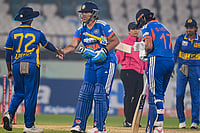Long before the BJP coined the term 'Double Engine' sarkar, which means the same party ruling both at the centre and the state,Haryana had already been following this model for the past fifty years. Double engine meant that if the state had the same party government which ruled at the centre, then the state would not only get favourable financial support from the central government but would also be insulated from the instabilities and anxieties which tag along when diametrically opposite parties rule at the centre and the state.
Haryana for the past five decades, more or less, has been practicing this double engine phenomenon. The Congress lost very empathically in 1978 when the Janata Party had dissolved the Haryana assembly and in the subsequent elections the Janta Party romped home with a clear majority and Chaudhary Devi Lal became the Chief Minister. In 1980 when Mrs Indira Gandhi returned to power, a very unprecedented event happened when the then Haryana Chief Minister Bhajan Lal joined the Congress party with his entire cabinet and a Congress government was installed in Haryana, an event preceding operation lotus much before. In both cases Haryana adopted the double engine model once through democratic elections and the second time by subverting democratic principles and values.
The third time when double engine government was installed in the state in 1988, when the state was ruled by the Janata Dal. Though this time, there was a certain time lag in the sense that the Lok Dal was victorious in the elections held in 1987 to the state assembly a few months back before the Congress lost power at the Centre also. In 1991, the Congress once again came to power at the Centre and in Haryana, the Congress returned to power with Bhajan Lal as the Chief Minister, so the trend of having double government continued in the state.
In 1996, the Congress lost as the hustings at the Centre and once again the politics of Haryana followed suit by electing the government of a regional party in the elections to the assembly held simultaneously with the Lok Sabha elections. The Haryana Vikas Party formed by breakaway faction of the Congress led by former Chief Minister Bansi Lal formed the Government in alliance with the BJP. In 1998, this alliance broke apart and a new alliance comprising the BJP and the Lok Dal was formed which ruled in the state for nearly a year's time until the elections were held in 1999. The trend of having a double engine continued in Haryana. INLD formed a government with a majority of its own, subsequent to the assembly elections of 1999. At the centre the BJP under Atal Bihari Vajpayee formed the government with the support of a number of regional outfits. So, the Congress in Haryana was out of power at the same time when the Congress could not retain power at the Centre.
In 2004, a change could be witnessed at the Centre as well as in the state of Haryana. The trend established in the 1970s continued in Haryana. The people elected the Congress once again following the change of guard at the centre. The Congress government in the state led by Bhupinder Singh Hooda continued for next ten years, until a change was witnessed at the centre in 2014.
2014 saw the heralding of a new era in Indian politics when the BJP formed a majority government at the centre. Though the NDA government was a coalition government, the BJP made history by becoming the first non-congress party to obtain a majority in the Lok Sabha on its own. The Janata Party government formed in 1977 was a rag tag coalition of a number of political outfits. Haryana was not to lag behind in following the party in power at the centre, by electing the BJP to form a full majority government in the state elections held in the last quarter of 2014. For next ten years, the double engine phenomenon could be witnessed in the state.
What will be the verdict of the people in the just announced assembly elections? Will the trend of the double engine continue, if it continues what will be its contours? Will there be a break in Haryana's political history by choosing to let go of the double engine phenomenon witnessed for over half a century? In Haryana, the BJP is witnessing strong anti-incumbency as was evident from the Lok Sabha elections when the spoils were shared equally by BJP and the Congress by bagging equal number of seats. A very important trend that could be witnessed in Haryana's electoral behaviour is the reluctance of the electorate to give a majority to any one party consecutively. Bhupinder Singh Hooda was not given a majority in the 2009 elections, he formed the government by engineering defections from the Haryana Janhit Congress of Kuldeep Bisnoi and the BSP. Same was the case in 2019 when the electorate did not give majority to BJP and it formed the Government with the support of the JJP.
Political pundits are pondering over the possible outcomes of the assembly elections especially in the light of the trends cited above. Will the Congress get a majority on its own and break this trend of double engine? The sudden announcement of elections has caught everybody by surprise. This has brought a halt to the slew of policy announcements that were being made by the government on a daily basis. Will the BJP duck the anti-incumbency which it tried by changing the Chief Minister just before the Lok Sabha elections? There are very few examples where change of Chief Minister just before the elections has stopped the downslide of the fortunes of a political party. Punjab is a good example where Channi's elevation did not impact the fortunes of the ruling party.
Political parties are not only making strategies for winning the assembly elections, their think tanks are also pondering over the question of post-poll strategies to be adopted to keep their flock together. The Congress is deeply faction-ridden, the different factions will make a claim for the top post in case the Congress gets a majority. Elevation of Bhupinder Singh Hooda to the post of Chief Minister in 2004 was a shocker for political pundits as the elections were fought under the leadership of Bhajan Lal. A distraught Bhajan Lal left the Congress to float his own regimental outfit called Haryana Janhit Congress. Can there be a repeat of 2004? The BJP strategists are also strategising as the post poll scenario of seeking possible allies in case the party falls short of majority. The BJP under the leadership of Modi-Shah has made every election a high-pitched battle, they would not let go things so easily. Though the Lok Sabha results have dampened the spirits of the party, their election machinery is always in ready gear for any electoral battle however small or big.
Prof Rajendra Sharma, is the Head of the Department of Political Science at M.D.University, Rohtak








